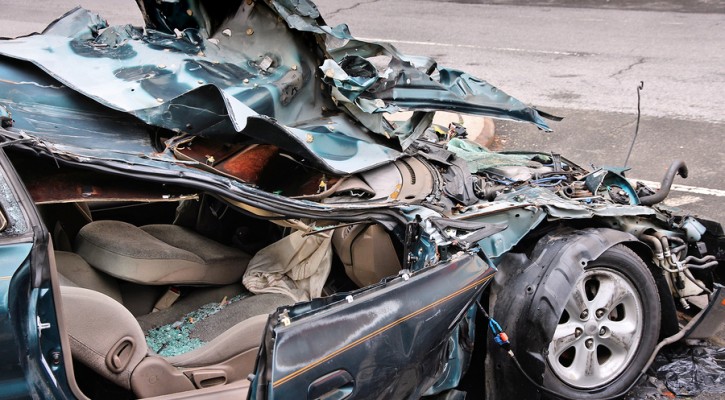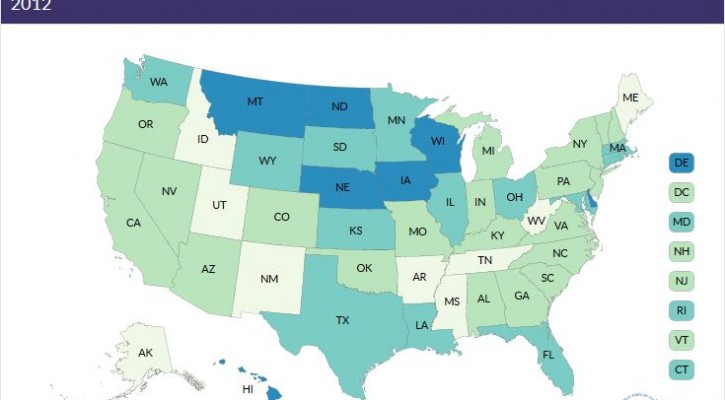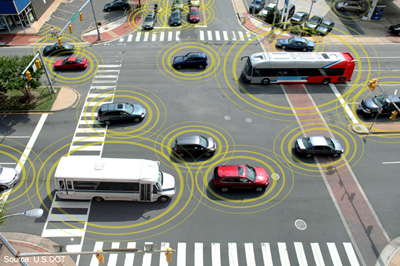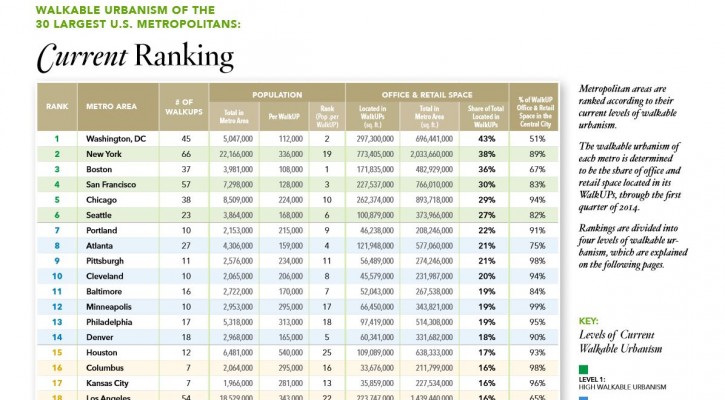Tag Archive: safe driving

Florida Highway Death Rate On The Rise
January 6, 2016
After years of steady decline, the highway death rate in Florida is now rising at a steady and dramatic rate. The figures, supplied by the Florida Department of Highway Safety and Motor Vehicles, show a disturbing trend.
Florida’s highway death rate in 2015 increased by 8.3 percent compared to the number of deaths in 2014. Traffic injuries between 2014 and 2015 increased by 5.4 percent. The only figures that have gone down in Florida are the pedestrian death rates by 8.2 percent and bicycle deaths by 8.8 percent.
Nationally, the highway death rate had been on a steady decline over the past ten years with really dramatic changes after the economic downturn of 2008. According to the National Highway Traffic Safety Administration (NHTSA), the death rate went from a high of 43,510 deaths in 2005 to a low of 32,479 deaths in 2011; a drop of almost 34 percent. However, figures now show a small but steady rise nationwide.
The fall in the highway death rate had several reasons:
- The economic crash meant fewer people were on the road commuting to work so there were fewer chances of becoming involved in a crash.
- All 50 states finally passed mandatory seat belt laws which led to more people wearing seat belts and surviving crashes.
- In order to get the top safety rating from the Insurance Institute for Highway Safety, manufacturers are building safer cars that can better withstand a crash.
All of those things worked to lower the death rate but now several things are working to increase the death rate:
- The economy is improving; more people are traveling and more goods are being shipped on the roadways.
- Regardless of the fact that cars are being built safer, drivers seem to be more dangerous by allowing more and more things to distract them.
Florida has all of those issues and more:
- With the economy improving, more and more people are moving to Florida. Florida replaced New York as the third largest state by population in December of 2014. Florida’s population is almost 20 million and projections show an estimated population of well over 21 million by 2020.
- The improving economy also means more tourists are traveling to Florida.
- Most cities in Florida have little in the way of mass or rapid transportation so commuters are forced to drive their own cars.
- There is little will in either the US Congress or the Florida Legislature to pay for new or improved highways.
- Florida’s anti-texting law is a secondary offense and very few tickets for texting while driving have been issued since the, basically toothless, law went into effect.
The greater population of full time residents and visitors combined with the epidemic of distracted drivers on Florida’s highways means there will more chances to be involved in a crash. Florida’s drivers need to pay more attention to the road and urge their legislators to make the anti-texting law a primary offense with meaningful penalties.

Over Four Million Reported Driving Drunk In The Last Month
August 19, 2015
A new report by the Center for Disease Control and Prevention (CDC) shows that more than four million drivers reported that they have driven while impaired in the previous month.
To compile the report, the CDC used the 2012 Behavioral Risk Factor Surveillance System survey, an anonymous telephone survey conducted by state health departments for the CDC that looks at behavioral risk factors nationwide. The results from the survey show that “an estimated 4.2 million adults reported at least one alcohol-impaired driving episode in the preceding 30 days.”
The survey goes on to break down the numbers by sex, age, and state. The greatest number of reported episodes were among men (80%). Among the men, the age group with the highest number of reported incidents were young men between the ages of 21 – 34 years (32%). The greatest number of reported incidents were reported in mid-western states.
Among those reporting an impaired driving incident, 85% also reported episodes of binge drinking. Binge drinking was defined as “women drinking four or more alcoholic beverages per occasion and men drinking five or more alcoholic beverages per occasion.” Those who reported binge drinking at least four times per month also accounted for 61% of the reported impaired driving episodes.
The survey also looked at seat belt use and those who reported that they didn’t always wear a seat belt had an impaired driving rate three times higher than those who reported always wearing a seat belt. Seat belt use was lower (55%) in states that had a secondary seat belt law compared to those who lived in states with a primary seat belt law (74%).
To combat the problem of drunk driving, the CDC suggested that states and localities should consider interventions that have proven to be effective such as:
- Expanding the use of publicized sobriety checkpoints.
- Enforcing 0.08 g/dL BAC laws and minimum legal drinking age laws.
- Requiring ignition interlocks (i.e., breath-test devices connected to a vehicle’s ignition that require a driver to exhale into the device, and that prevent the engine from being started if the analyzed result exceeds a preprogrammed level) for all persons convicted of alcohol-impaired driving.
- Increasing alcohol taxes.
- Additionally, all states might consider enacting primary seat belt laws that cover all passengers to help reduce fatalities in alcohol-impaired driving crashes.
To see how your state ranked in the survey, visit: Sobering Facts: Drunk Driving State Fact Sheets

Cars Should Talk To Each Other Say Feds
August 22, 2014
Cars should talk to each other says the National Highway Transportation Safety Administration (NHTSA) and they announced earlier this week that they want to begin taking steps to allow cars to do just that.
Known as Vehicle-to-Vehicle communication, or V2V, the system would broadcast a vehicle’s speed and position to other vehicles nearby. According to NHTSA, the proposed system wouldn’t actually take steps to stop cars or take over steering if another vehicle came too close, it would only warn the driver if another vehicle appeared to be on a possible collision path. They also stressed that the system would not track a vehicle’s movements and it wouldn’t exchange or record personal information; the cars will only talk to each other.
Although it will take years to bring it to market, NHTSA feels that a system of this type would go a long way toward preventing most common types of crashes such as rear-end or left-turn collisions. Read more: Cars Talking to Each Other Will Save Lives, the Feds Say

Best And Worst Walkable Cities In The US
June 24, 2014
The George Washington University School of Business recently produced a report ranking the most walkable and least walkable of thirty large metropolitan areas in the US. Three Florida cities rank in the ten least walkable cities. The least walkable city on the list is Orlando at # 30 along with Tampa at # 28, and Miami at # 23. This report correlates with the Florida Still The Leader In Pedestrian Deaths, which ranks four Florida cities as the most dangerous cities for pedestrians. Read More: Ranking Walkable Urbanism in America’s Largest Metros
